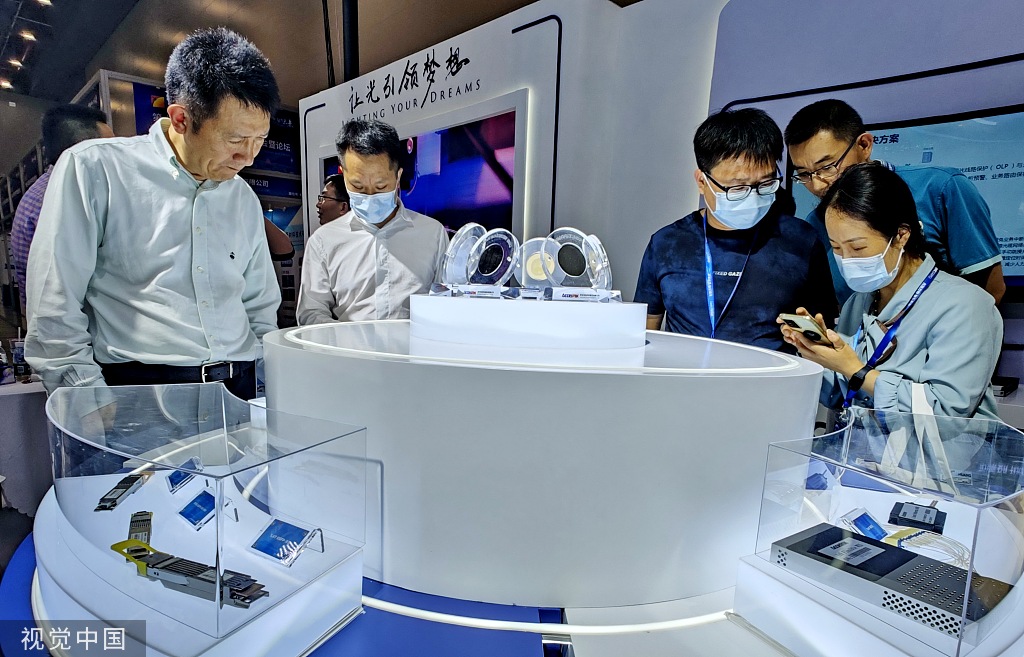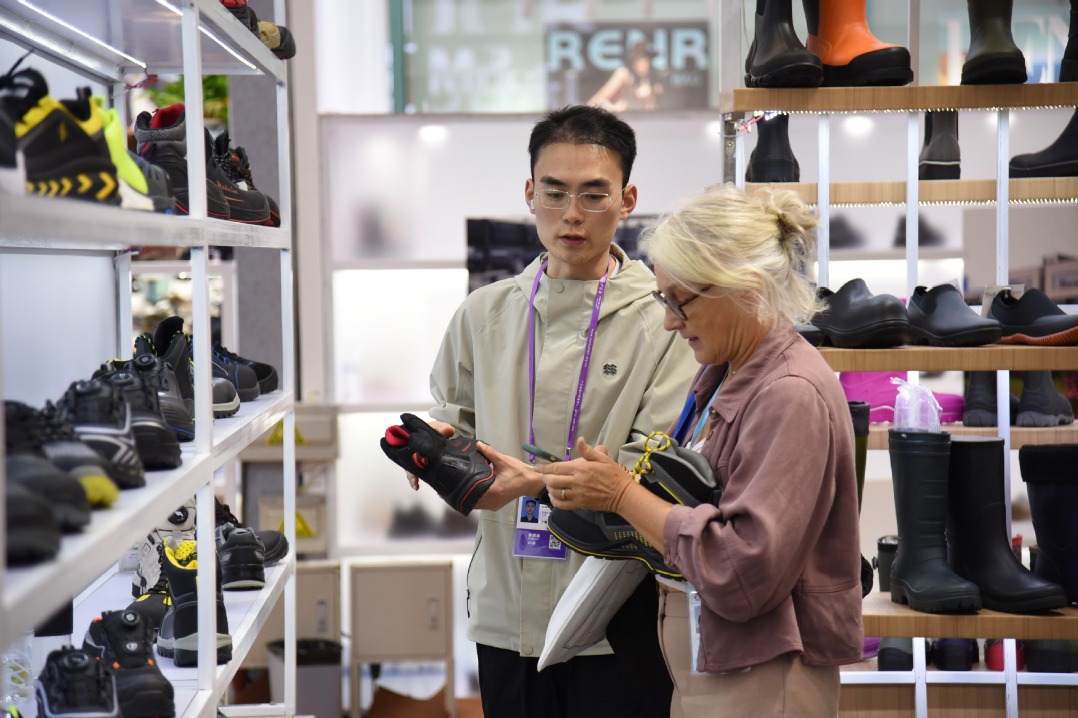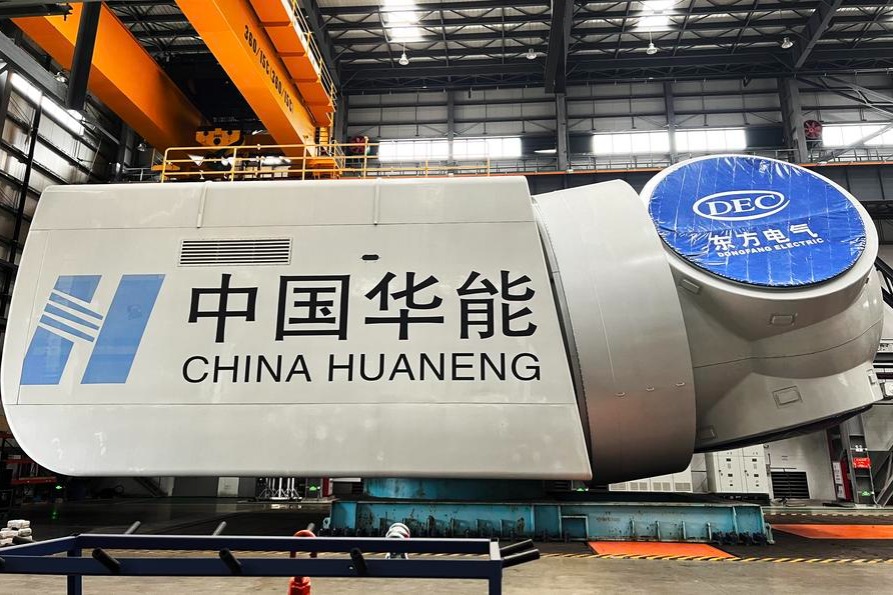'Little giant' firm takes lead in cutting-edge tech


WUHAN -- Located in a nondescript building in Wuhan's East Lake high-tech development zone is a production line running at full capacity.
A mechanical arm picks up optical chips and puts them one by one on a testing machine. Within a mere microsecond, a chip completes the power supply connection and input testing.
The equipment, a flagship product of Wuhan Precise Electronics Co Ltd, stands out among its international counterparts due to its superior efficiency and competitive pricing. It currently caters to 80 percent of Chinese companies involved in optical communication.
China has become the world's leading optical communication market, and the size of its domestic photonic chip market has expanded remarkably in recent years.
Optical chips are widely used in fiber-optic networks for data processing and other niche tasks where their superiority to electric chips is evident.
The private firm, which started with a few people on board in 2010, won the title of "little giant" from the Ministry of Industry and Information Technology (MIIT) in 2021.
"Little giant" firms represent the novel elites of small and medium-sized enterprises that specialize in a niche market, boast cutting-edge technologies and show great potential.
"Set the target, give no thoughts to gains or losses, begrudge no time and energy, and refuse to give up in hard times," the company's general manager Zhou Peng said, summarizing the company's secret of innovation successes.
According to Zhou, innovation is the lifeline of corporate development. "We have a strong belief that enhancing technological innovation will cause our businesses to multiply and that high research and development investment brings high-growth returns."
The company's investment in R&D has expanded by more than 20 percent on average in recent years, and over 50 percent of its 300 employees are researchers.
This year, the company's sales revenue is expected to surge by about 50 percent. But the journey to clinch breakthroughs was never smooth, as Zhou recalled.
The origins of all these disparities can be traced back to a straightforward question that lingered in Zhou's mind, igniting his entrepreneurial drive: "Can't we just develop something on our own?"
Over a decade ago, monitoring and testing the quality of optical communication devices solely relied on imported equipment which was expensive, lacked efficiency and was labor-intensive.
Zhou and his partners, who already possessed some technical knowledge, conceived the idea of creating easy-to-use equipment that needs no engineers writing algorithms and allows people to operate with only one click.
What ensued was a process of trial and error. To break down bottlenecks, they looked all around for the right technical talents, sought help from universities, and made painstaking efforts to perfect their technologies.
The company's first-generation product was an instant hit in 2011, and orders started coming in as the price was significantly lower than that of foreign equipment, while the efficiency was increased by five times.
"Securing a niche market with few rivals does not guarantee a comfort zone," Zhou said. "We must firmly double down on independent innovation to find a new niche with greater potential based on our main businesses."
Foreseeing a growing demand for testing due to the rapid advancement of third-generation semiconductor technology, Zhou said the firm is proactively capitalizing on this opportunity to foster new avenues for business growth.
Known as the optics valley of China, Wuhan East Lake high-tech development zone in Central China's Hubei province is currently home to hundreds of "little giants" firms at various levels.
China is moving to incubate its fifth batch of "little giant" firms to boost innovation and provide stronger support for the real economy, according to an MIIT statement released in February this year.
The country will strive to ensure the number of the "little giant" firms exceeds 10,000 by the end of 2023.




































